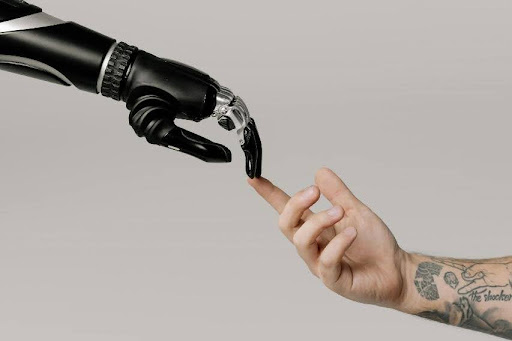Introduction
Artificial Intelligence (AI) chat systems have come a long way since their inception. From basic text-based interfaces to sophisticated, conversational agents, the evolution of AI chat systems has been remarkable. In this blog, we’ll explore the journey of AI chat systems, their advancements, and their impact on various industries.
The Early Days
The first AI chat systems were simple rule-based programs. ELIZA, developed in the 1960s, is a notable example. It mimicked a psychotherapist by using pattern matching and substitution methodology to simulate conversation. While groundbreaking, it lacked real understanding and relied heavily on scripted responses.
Advancements in AI and Natural Language Processing
With the advent of more powerful computing and advancements in Natural Language Processing (NLP), AI chat systems began to improve. The introduction of machine learning algorithms allowed these systems to learn from interactions and provide more accurate and context-aware responses. Notable milestones include IBM’s Watson and the introduction of neural networks.
The Rise of Deep Learning
Deep learning has been a game-changer for AI chat systems. Models like GPT (Generative Pre-trained Transformer) developed by OpenAI have set new benchmarks in understanding and generating human-like text. These models use vast amounts of data and sophisticated algorithms to generate contextually relevant and coherent responses.
Applications Across Industries
AI chat systems are now ubiquitous across various industries. In customer service, they handle queries and complaints, providing instant support and improving customer satisfaction. In healthcare, they assist with patient queries and appointment scheduling. E-commerce platforms use them for personalized shopping experiences, and educational institutions leverage them for tutoring and support.
Conclusion
The evolution of AI chat systems is a testament to the rapid advancements in AI and NLP. As technology continues to progress, we can expect even more sophisticated and human-like chat systems, transforming the way we interact with technology.








